What Not to Wear to the Mountains
“Nature was something I loved, but always experienced at a bit of a distance – a backdrop and a source of inspiration, but not an interactive agent.”
Growing up in a city household of impeccably-dressed women, getting fresh air often meant taking walks through our neighborhood and looking at pretty houses, mentally scrapbooking architectural details, and then stopping to have coffee or look in shop windows. Actually going into nature meant venturing into Central Park on trips to New York, or slightly more authentically, riding horses with my godmother in Michigan. More often, water would be involved – boat rides across the Bosphorus, sailing on Lake Geneva in Wisconsin, very long walks along Lake Michigan. Nature was something I loved, but always experienced at a bit of a distance – a backdrop and a source of inspiration, but not an interactive agent.
Adjusting to the possibility that nature is something you love rather than admire, and not simply an element of the sublime to be held at a contemplative distance, has been a welcome challenge as I’ve settled into a wonderfully wholesome Swiss family. I met my husband in 2015 and while I was happy to learn that he wasn’t outdoorsy enough to go on weekly hikes, I still understood that the mountains specifically were something I would need to embrace someday. Hiking shoes would inevitably need to be acquired. Snow boots. Skis. Babies would eventually be strapped into backpacks and taken on hikes.
Almost five years in, those hiking shoes have just finally been acquired but not yet worn. I’ve gone hiking on past occasions (in pearls, desperately clinging to my sense of self) and then borrowed my fair of shoes, but I have yet to adopt it as a current way of life. Thankfully for my city roots, my husband’s idea of hiking is, like me, walking through city centres and spending hours taking thousands of steps in museums. I’ve walked 10km through the Louvre in kitten heel boots and on the verge of a fever. I’ve gone up and down the hills of Fribourg in dresses and seen all of its churches – finding, thanks to Raquel, a copy of Vogue along the way.
“I find myself craving mountain walks, and fog-drenched pine trees on the side of a mountain have begun to give me incredible peace.”
I’ve begun, though, to find peace in nature. I climbed one mountain, and although I felt like death on the way up, I also felt a sense of pride and peace at accomplishing it. The air you breathe high up in Switzerland is unlike any other, and the stillness that accompanies it appeals to my ever-buzzing mind. Living so near the mountains and every source of the natural sublime that I’ve spent my life reading about in books is a gift that I can’t even begin to express. Every time I sit beside the window in a car or a train and watch the Swiss landscapes go by, my heart just wants to explode with the beauty of it all, even after having seen these views for most of my life. Not taking advantage of them, not changing them from something I admire at a distance to something I love and interact with now strikes me as a waste. I find myself craving mountain walks, and fog-drenched pine trees on the side of a mountain have begun to give me incredible peace. I doubt my husband and I will ever become regular hikers, but I kind of want us to, even though my ideal is still to go up to the mountains and pretend I’m at an early twentieth century retreat tucked off to an edge, rather than make the less glamorous effort of actually climbing all the way up the mountain itself. I at least look forward to more walks and outings into the nearby hills.
“The next step is figuring out how to dress for it.”
After finally embracing nature, the next step is figuring out how to dress for it. Utilitarian fashion is something that I struggle with accepting. Whenever I put on a pair of trousers – unless they are velvet or tweed or silk and loose at the waist – I feel disconnected from my body. I’ve never been able to wear jeans. If I take things further and pair trousers with shoes that I don’t find pretty, that don’t make me feel like I could be lounging in a library, then I plummet to an immediate emotional low and slowly spiral into anger as I disconnect from my body. If I don’t like what I’m wearing, then I don’t feel like myself, and as someone who has a history of combatting lows by clinging to the small pleasures of the aesthetic world and who’s built up her confidence by establishing her sense of self, that is monumental. I would once have said this was a silly fear to have (or a superficial, materialistic one), but what is silly about wanting to feel at ease in one’s own body?
As a result, my first few trips into the mountains weren’t ideal when it’s come to my outfits. On a foggy day last September, we attended a family reunion in the Jura, and seeing that the high of the day was going to be in the 60s, I thought it would be a good day to wear my favorite dark floral dress and get out my new, fluffy wrap cardigan. For good measure, I threw an emergency pashmina into my handbag and called it a day. It was a family reunion after all, and my husband had said nothing about being equipped for anything but an indoor meal.
“Needless to say, my “sturdy loafers” and chiffon-like dress (dark and aesthetically pleasing for the environment as it was) were not equipped for [it.]”
It was not a good move. It was in the 60s, technically, but 60s in the mountains is not 60s in the city (nor 60s anywhere at all as everyone around me always wants to point out, but whatever, I’m sticking to Fahrenheit). The air was permeated with fog and chilling to the bone. There was on and off rain, and we were not confined to the mountain cabin in which the reunion was taking place. Food for the meal was being cooked in a giant bonfire that you had to get to by walking through a small patch of woods, and needless to say, my “sturdy loafers” and chiffon-like dress (dark and aesthetically pleasing for the environment as it was) were not equipped for me to actually check out the fire, which is a pity because I would have loved to experience such a scene. A year on and not embarking into those woods is the thing I regret the most.
My emergency pashmina went around my neck immediately, and then I had to pilfer my husband’s backup scarf and wrap that around myself as well. An hour later, I pulled out the navy and white striped socks he had in his weekender. The cold and the shivering continued, and as I started to get shooting pains in my stomach, I eventually decided that enough was enough. I went into my own bag and got out my flowy lounge pants that I’d packed for the next day. I think I put on one of my husband’s t-shirts and then wrapped myself back up in my wrap cardigan (bless it, at least it was fluffy and warm and appropriate) and scarves. Finally I was warm. I still wasn’t equipped to check out the roaring fire, but once the rain stopped, I at least got to go see some trees.
I fared better on the next trip to the mountains. Having heard about the Désalpe in Saint Cergue from one friend, I decided to tell another about it and we decided to go with our partners in tow. The Désalpe is a yearly event in the mountains that takes place in different villages around the country where the cows come down from the mountains for the winter. They get dressed up in giant flower crowns and headdresses and bells and the festival’s turned into one of those events that develops into this huge attraction that unofficially caters to the expat crowd (we didn’t hear much French on the train to Saint Cergue, but we did hear a Turkish family and a little American girl telling her mother that she has trouble getting out of bed in the mornings).
“I had a blast, and as a bonus, I was more appropriately dressed.”
It was definitely a very touristic event and probably the Swiss equivalent to going to an apple orchard and eating apple cider donuts (we had raclette and rösti and wine instead) but I had a blast, and as a bonus, I was more appropriately dressed. I kept my sturdy loafers and that was probably a mistake because I wore them sockless and the ground was definitely cold and covered in cow pies. (I have since embraced rubber chelsea boots on Raquel’s advice, along with the Bean Boots – both ideal for such an event.) But I had thankfully found my missing pair of (elastic-waisted) tweed trousers the week before and didn’t mind wearing my mom’s old Barbour (an adventure and mood in itself – I’ve since even acquired one of my own to meet my specific outdoor requirements before an autumn trip to Scotland, and even wearing it on particularly rainy days in the city). I added my current favorite scarf to the mix, and I felt aesthetically coherent enough not to disconnect from myself.
Learning to dress for the mountains has been an education, and thus far, I’ve learned a lot more about what not to wear than what I can personally can. While functional, jeans are still an impossibility. Sneakers or trainers equally so. Hiking boots are an inevitable mystery – I still want a pair that look like they are from the 1920s rather than the ideally useful pair I have, but I’m making my peace with them and was even excited to buy a new pair of Bean Boots earlier this season.
Overall, I find it easier to dress for the environment when it’s autumn or winter and I am prepared. Sweaters are warm and wool tights and soft leggings can come out and be worn under coats and inside boots. The right trousers can function while being comfortable. I can pretend I’m inside an old J.Crew catalogue or Audrey Hepburn at the beginning of Charade and I can relax. It’s the rest of the time that I need to learn to deal with. I’m not ready to give up my comfort, but I don’t want to miss out on events or not enjoy them because I’m not properly dressed. I want to go on (light) hikes and I want to go into the forest. This winter, I even want to try snowshoeing (skiing will take more time, still). I’ve ordered the little rubber boots and more leggings and am eyeing snow boots once again.
“Learning how to dress in a way that allows me to interact with the environment doesn’t mean that I need to drastically change my personal style anytime soon. ”
What I know now is that learning how to dress in a way that allows me to interact with the environment doesn’t mean that I need to drastically change my personal style anytime soon. I may own hiking boots and windbreakers, and I even find myself thinking of fleece as a source of comfort, but I’m still myself. Prepping for a summer hike in August, I needed to find appropriate clothing to wear for the mountains in the summer. Nothing worked and after the third pair of hiking trousers I tried on, I began to disassociate and panic. Then, my husband found me a hiking skirt. It was comfortable, and I calmed down, knowing that solutions existed. I can wear these things and make them my own – marrying practicality with aesthetic. I won’t go out into nature bare-faced or without jewelry, no matter the inconvenience, and I know now that there is at least one aesthetic version of what I need out there. For me, that’s progress.
At times I still feel silly and materialistic and hear comments in my head about what an obnoxious and unlikeable woman I am because of it, setting back the feminist movement because I hate to wear utilitarian and practical clothing (even though I logically know none of it is true – thank you, Anxiety), but I need to feel at ease in my body, and if that means dressing a certain way, then so be it. Of the many points of feminism, being left alone to wear whatever we want is among the least of what we are owed. I love my dresses and my knit ruffles and my necklaces, and they soothe my anxiety when I’m in an unfamiliar environment, pieces of material comfort – and for that I won’t apologize. I have, in the meantime, embraced the inevitability of embracing nature itself – browsing vintage catalogues from L.L. Bean, Barbour, and whatever crosses my mind at the moment. It’s thrilling almost, allowing myself to enter back into a world I only got controlled glimpses of as a child. The outdoor world is good, and I want to get back into it.
Olivia Gündüz-Willemin is Editor-in-Chief of The Attic on Eighth. She is dedicated to reading her way through the world and trying to stay as calm as possible.



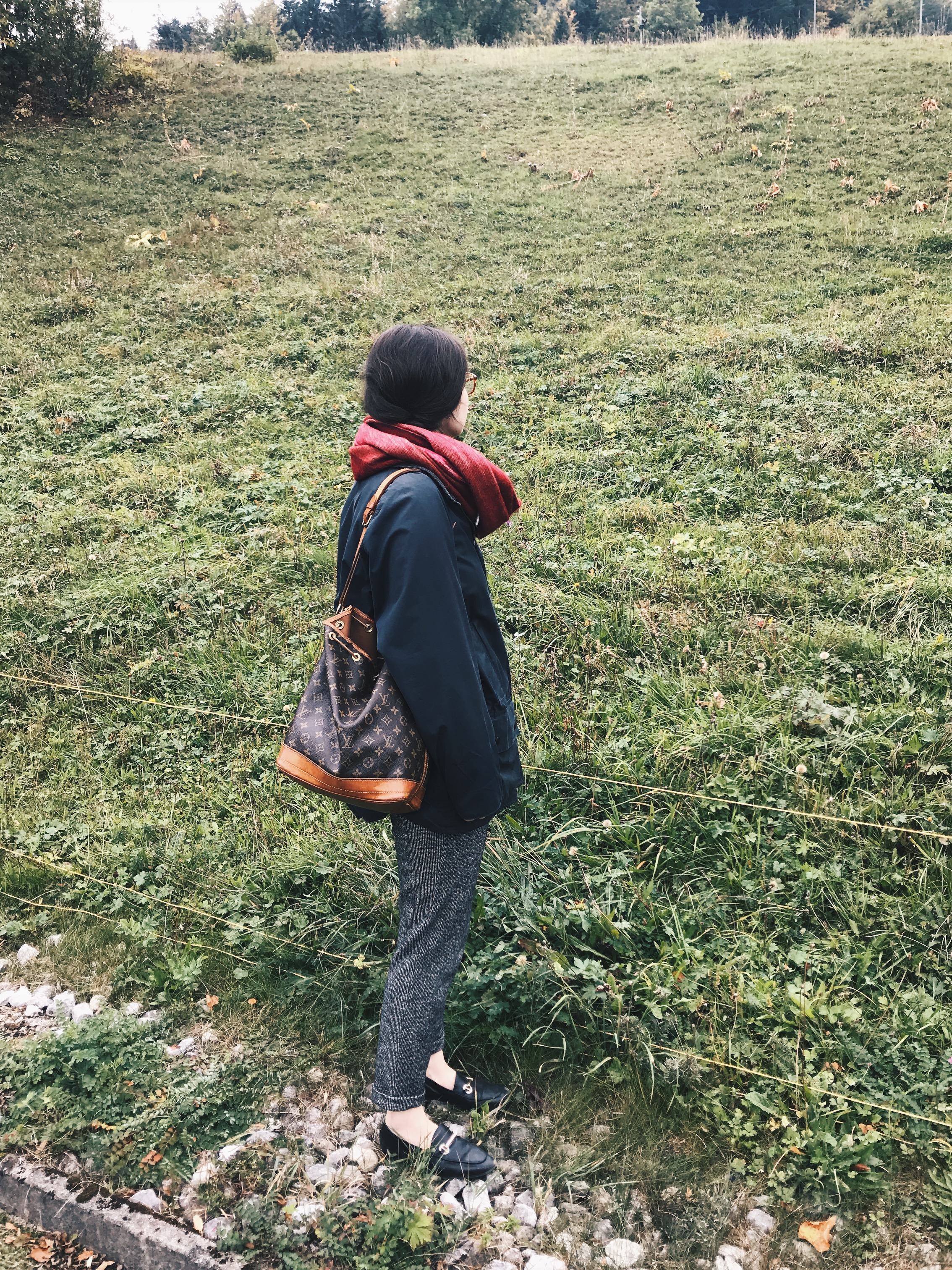

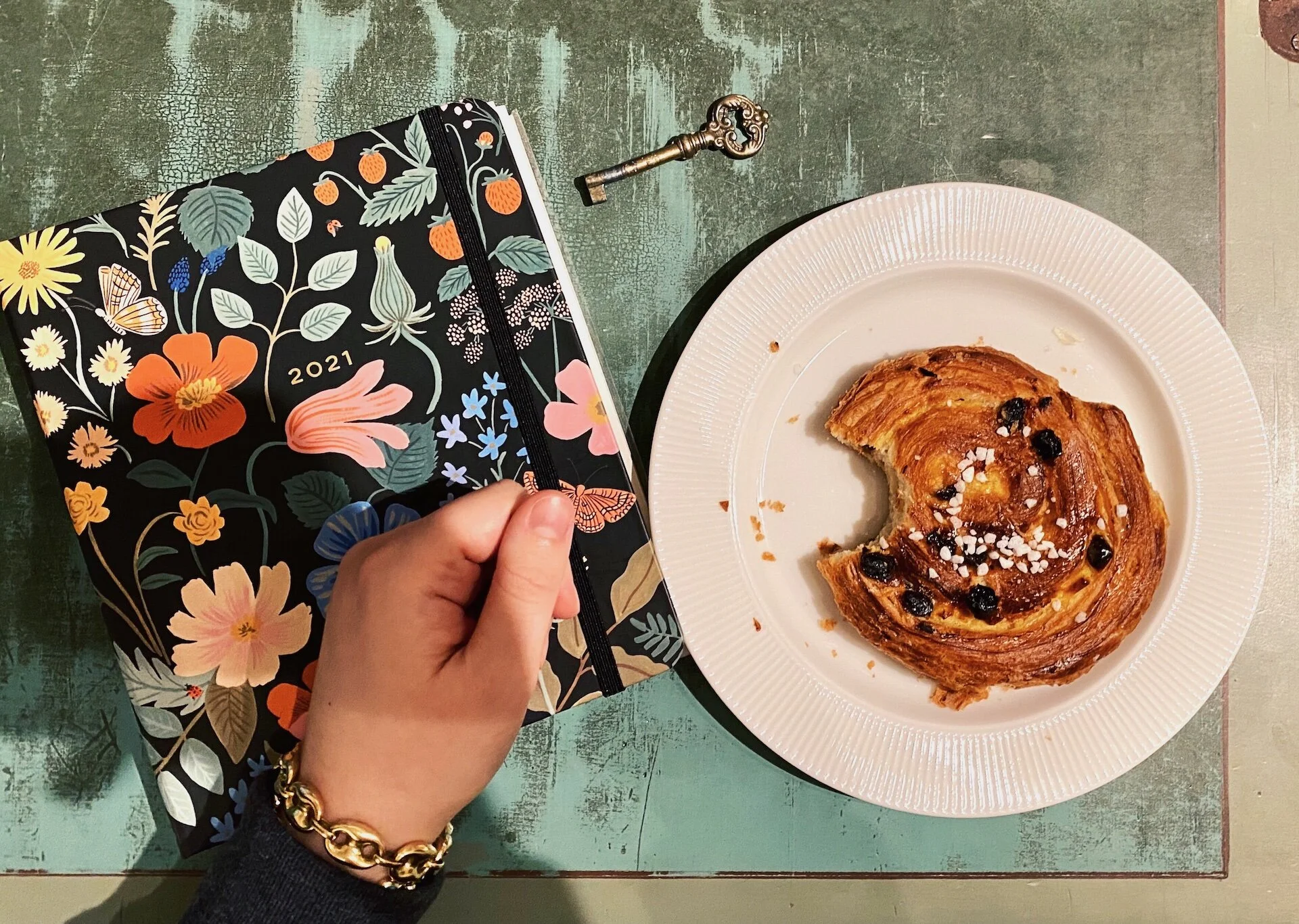

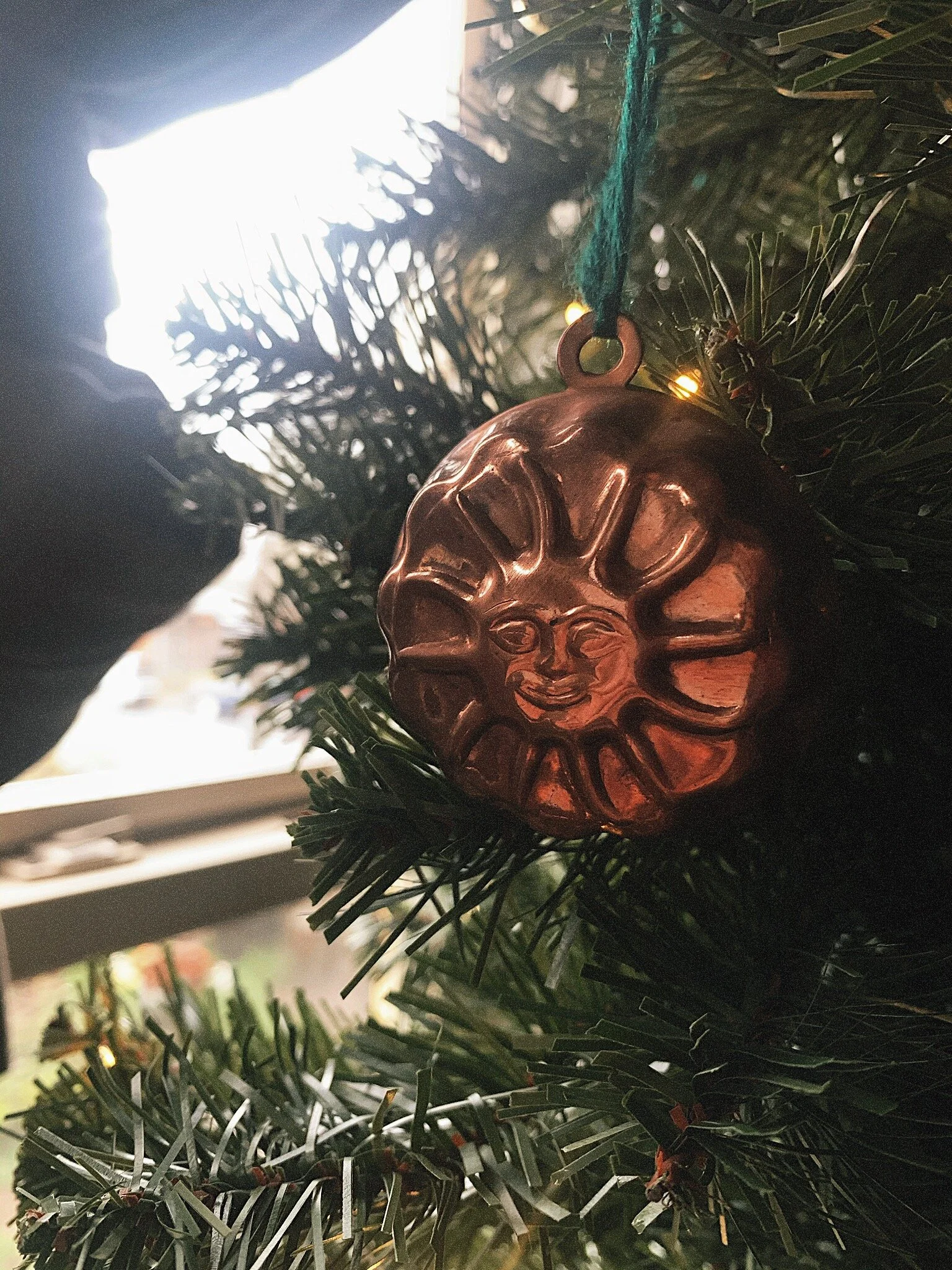

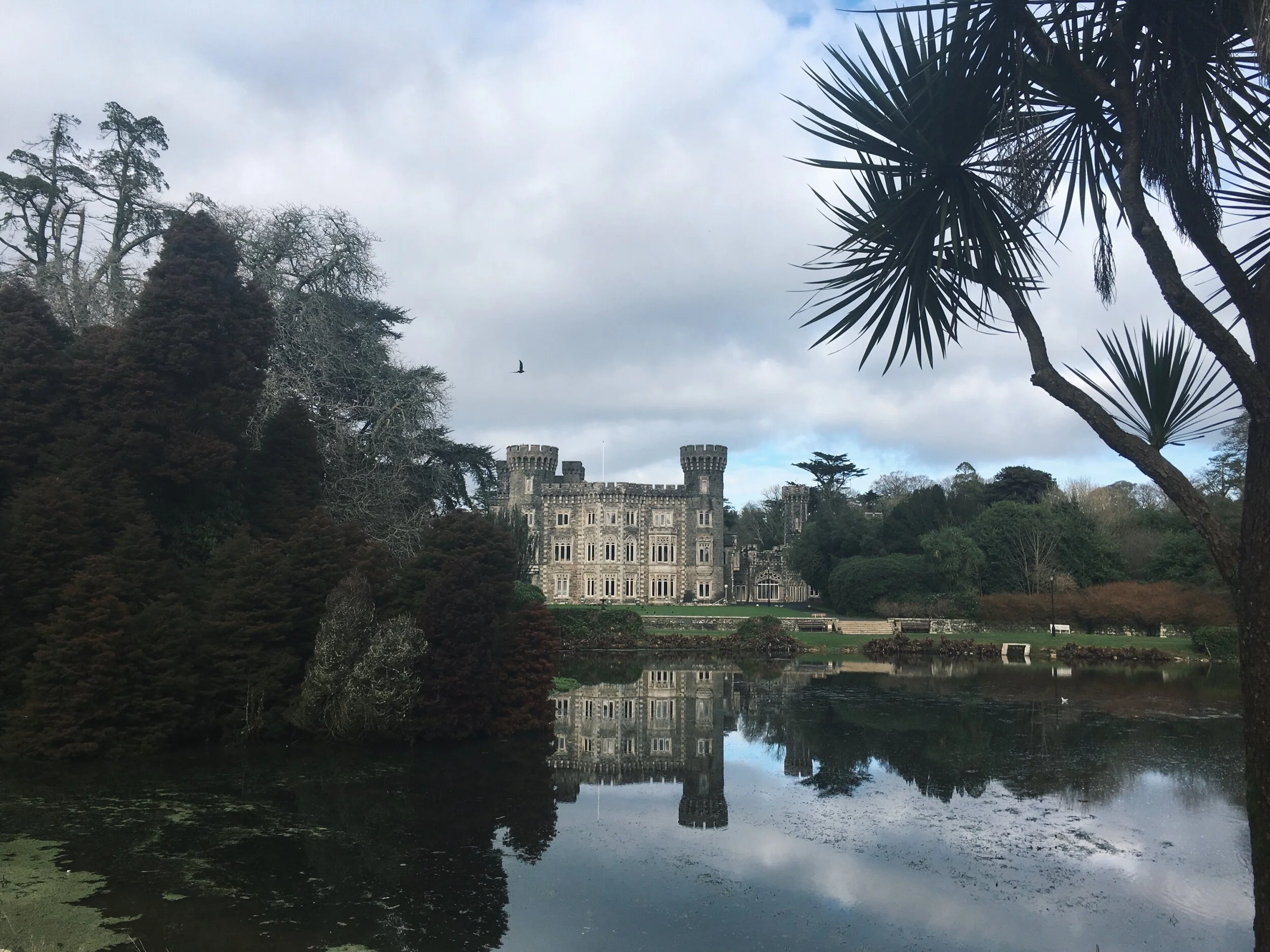
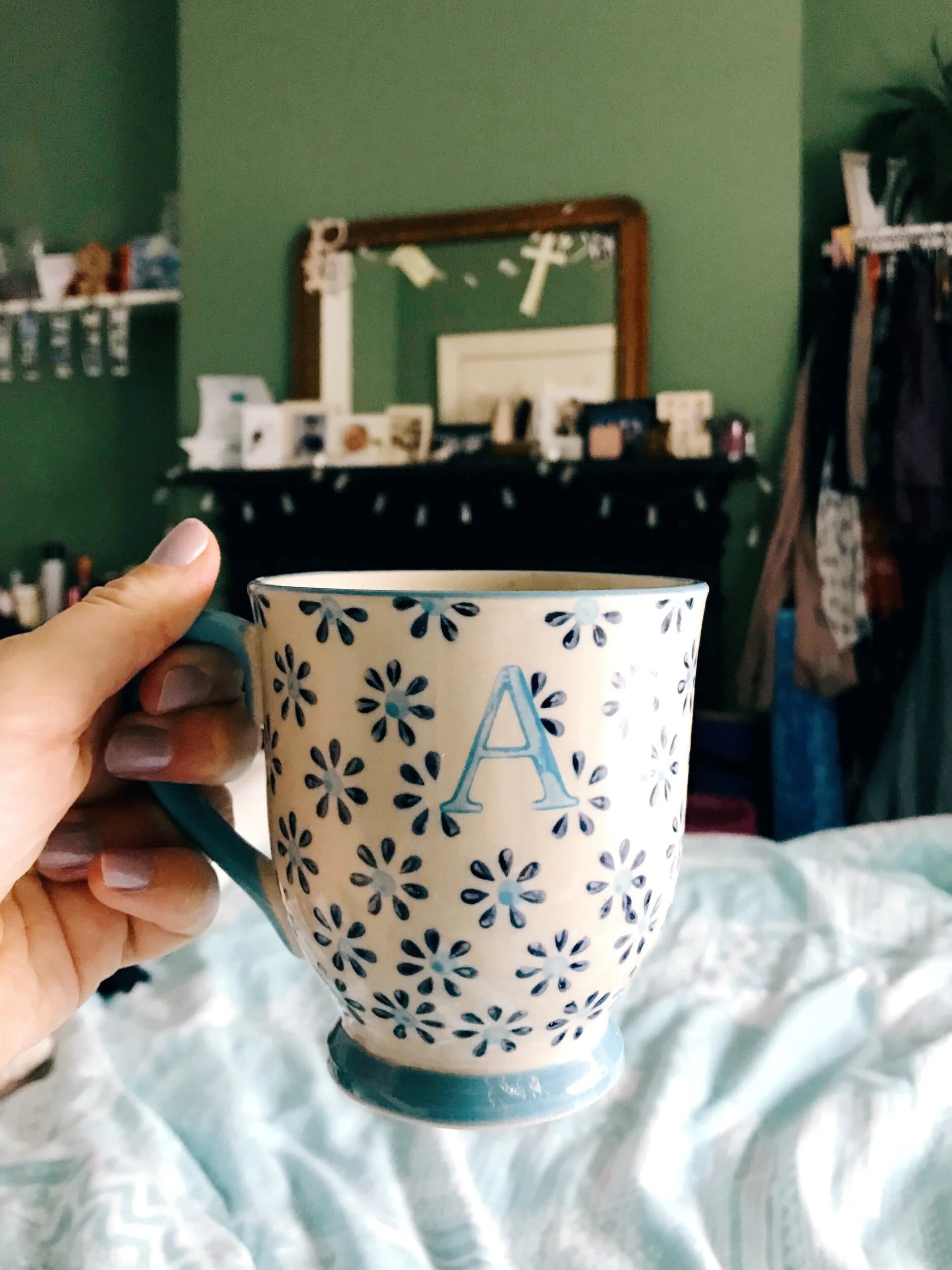
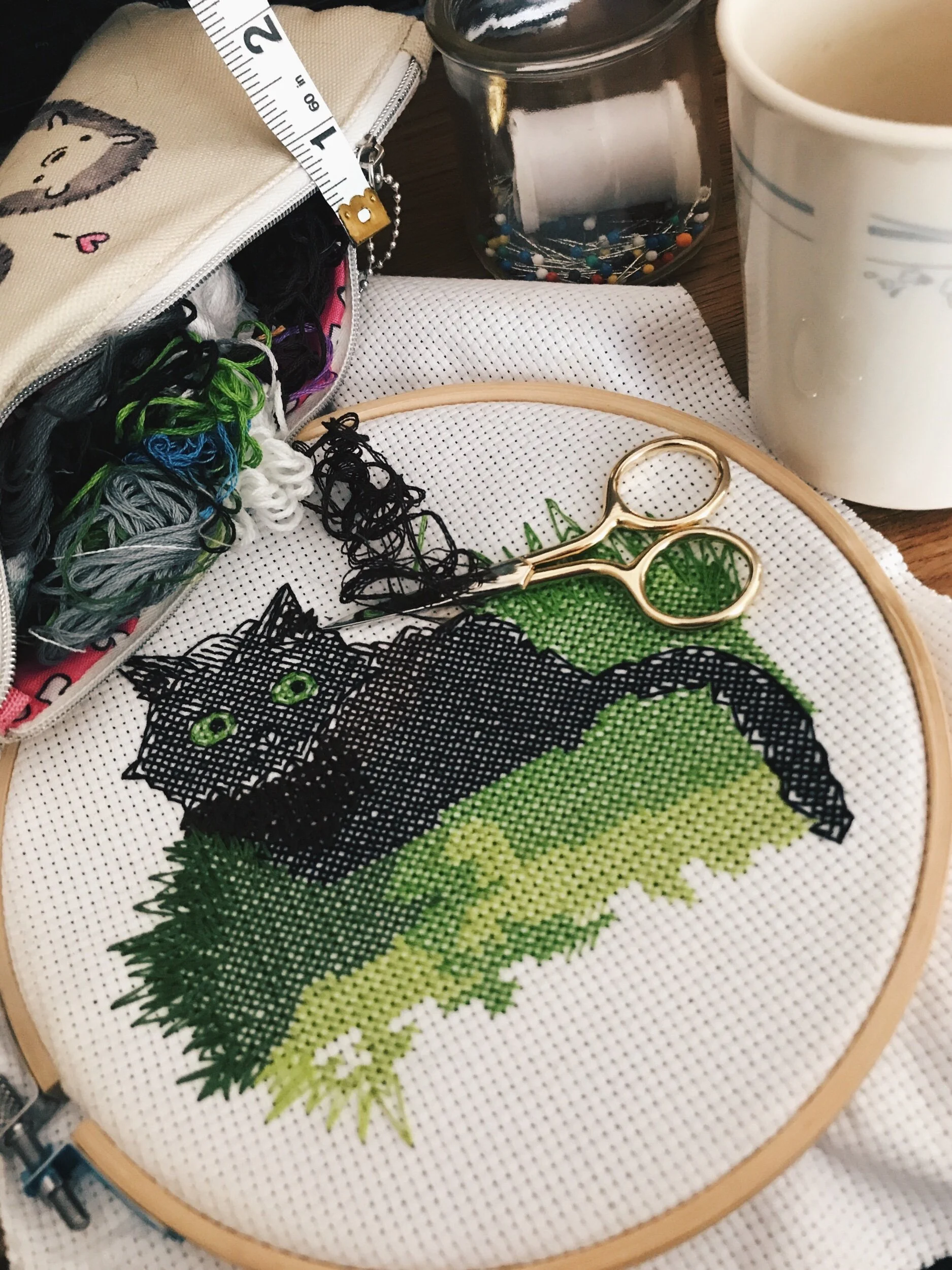
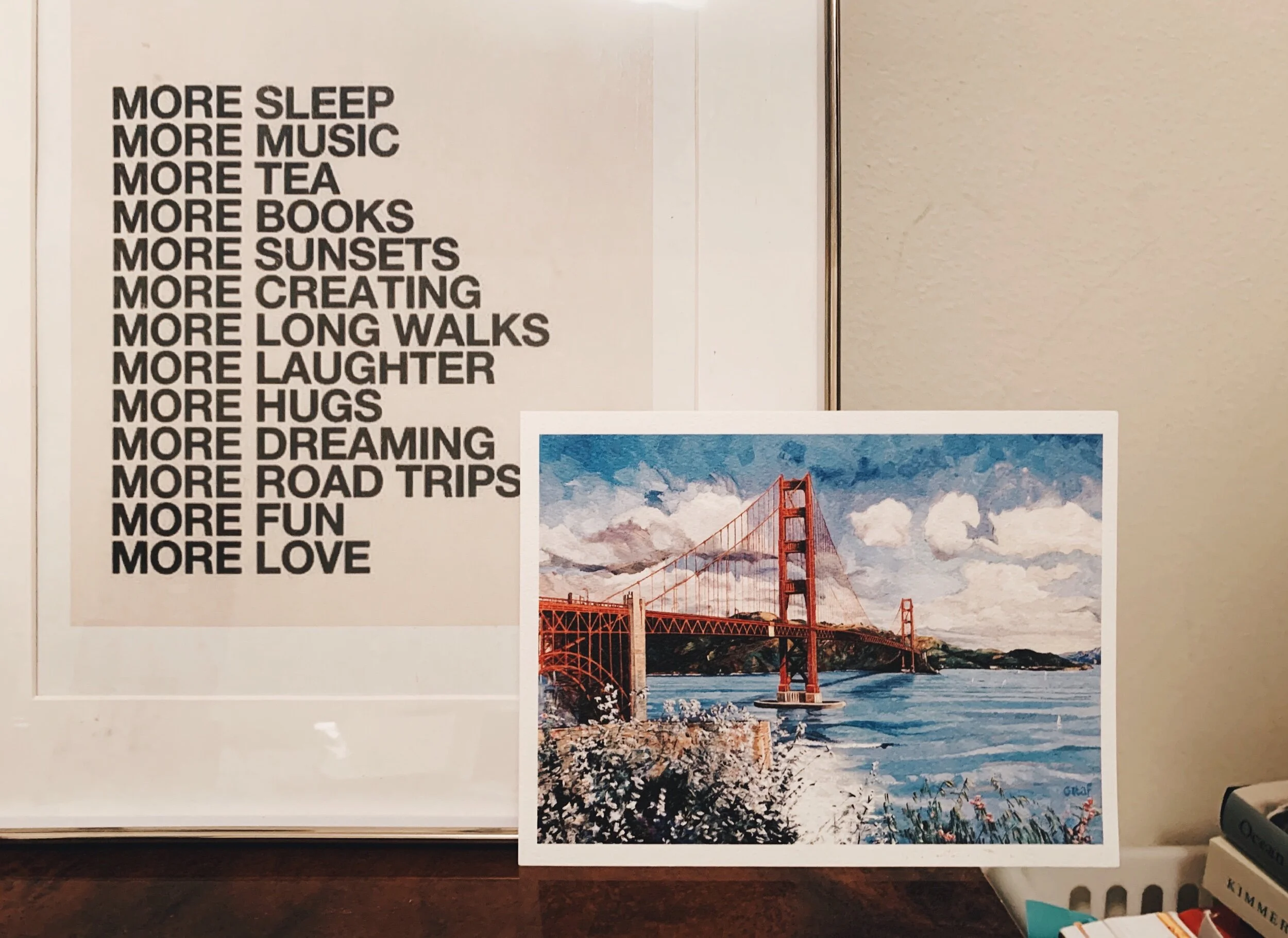
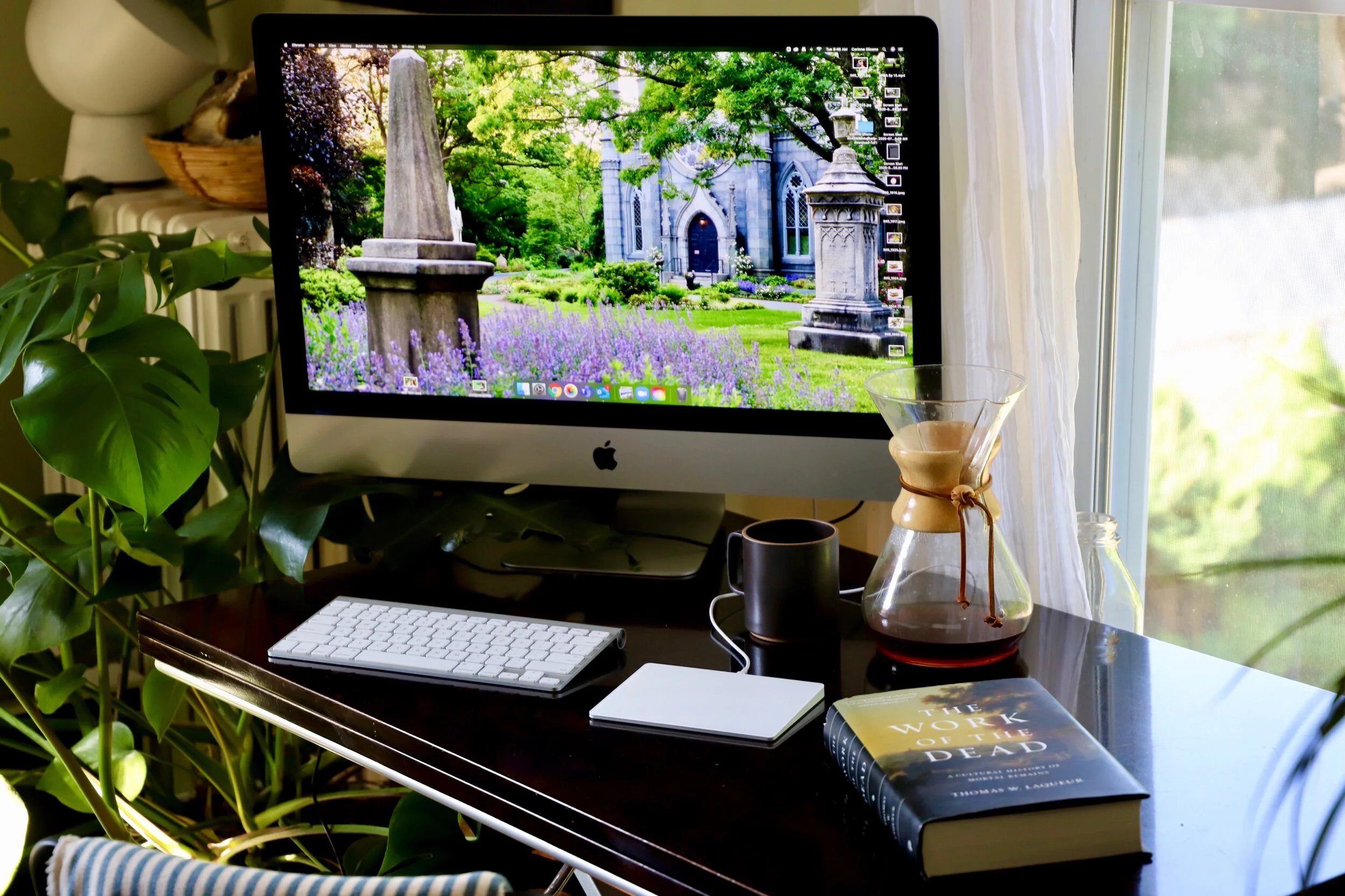
The five things we’re doing to make the most of February 2021 to reconnect with both ourselves and our loved ones after a long winter.